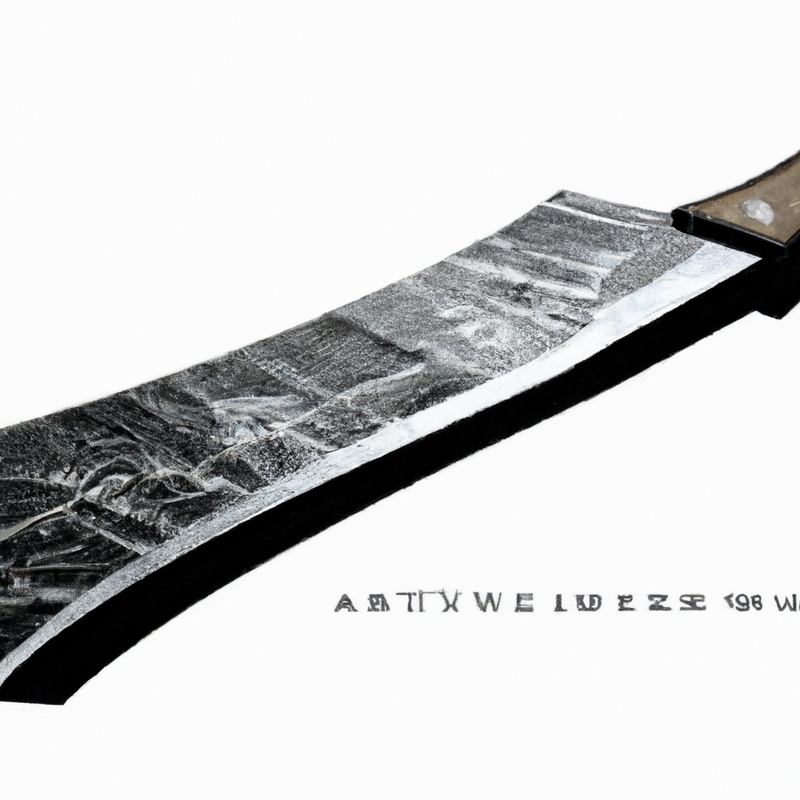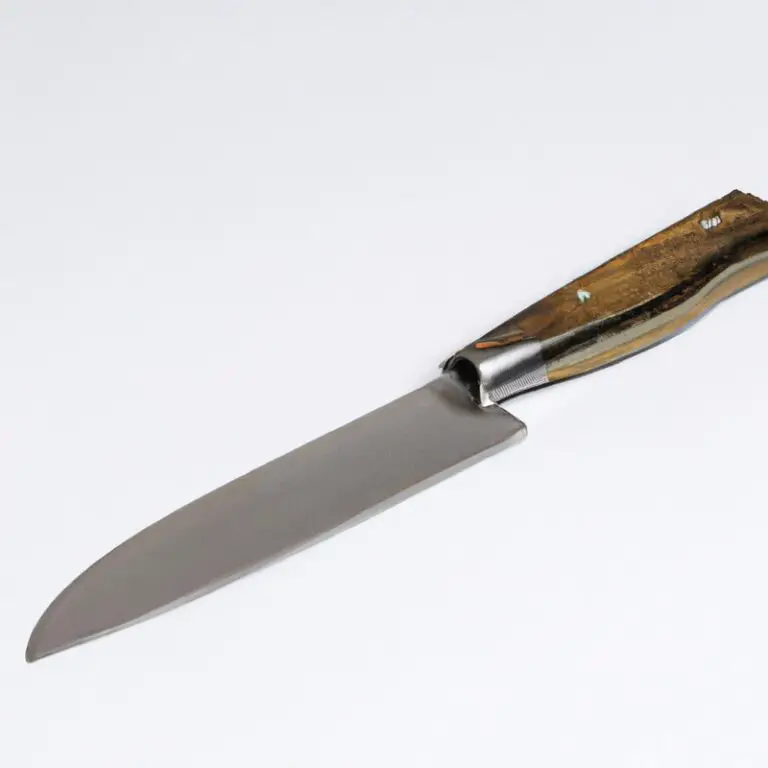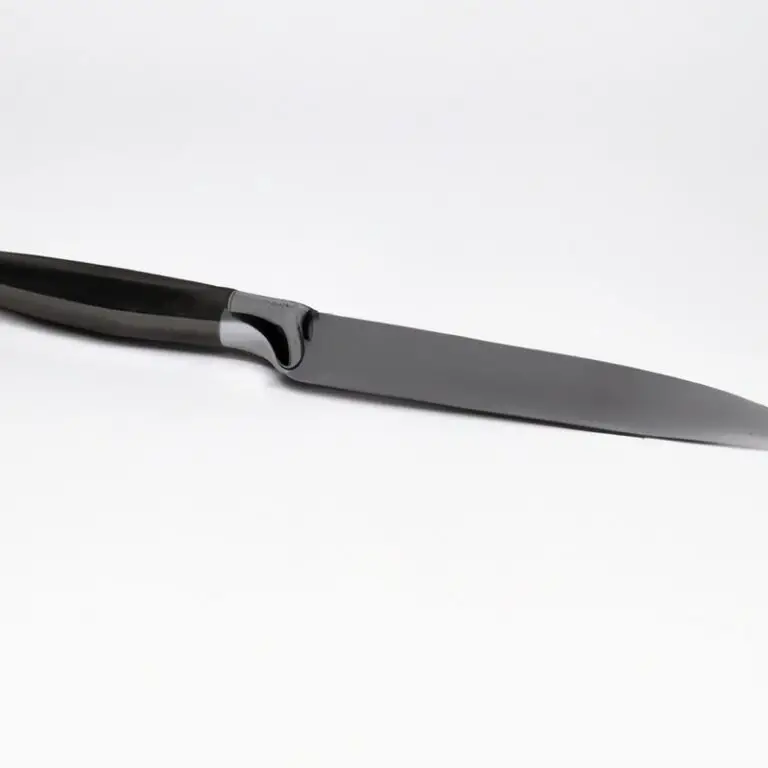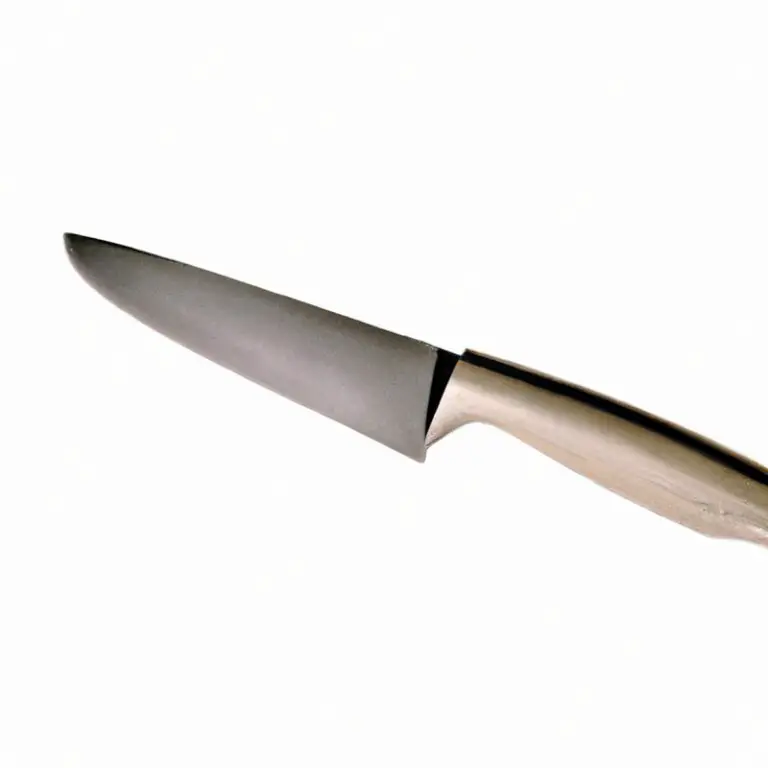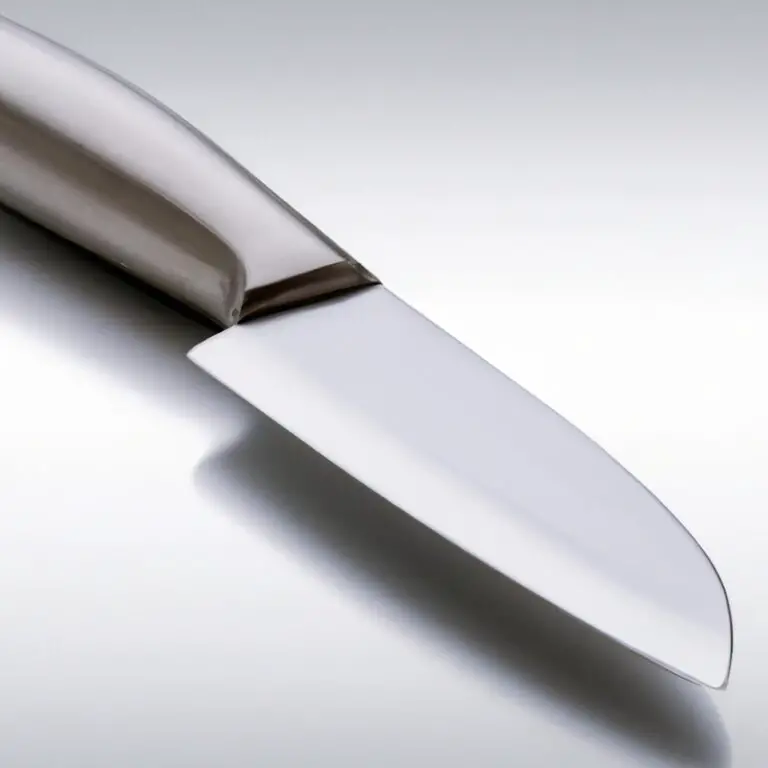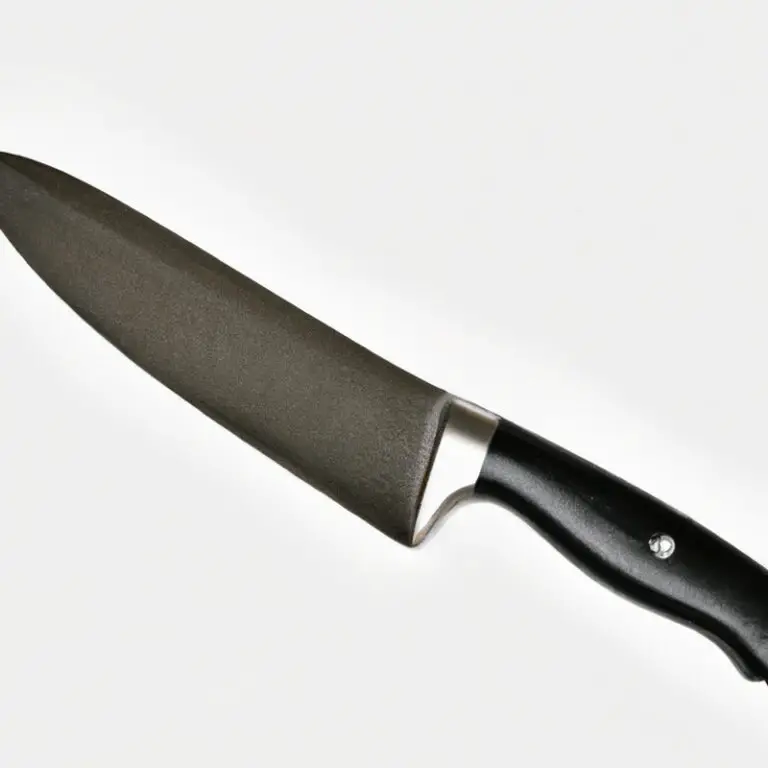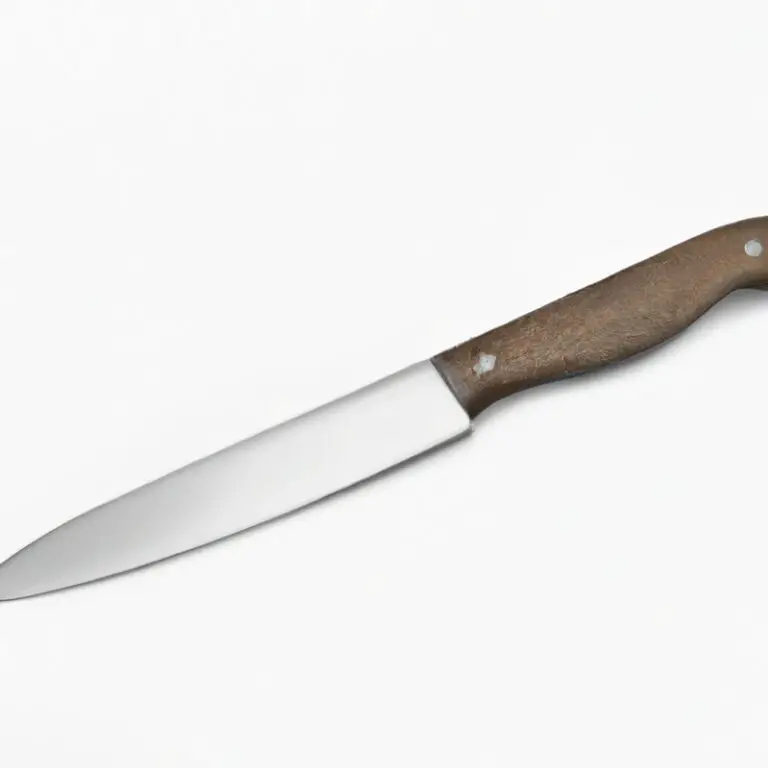How To Fillet a Shad Using a Fillet Knife? Get Ready To Impress Your Fishing Buddies!
Key Takeaways:
- Choose a sharp fillet knife to ensure a clean cut when filleting a shad.
- Make a precise cut at the base of the head and use gentle pressure to skin the shad.
- Take your time and follow the natural bone structure of the fish when filleting to avoid wasting any meat.
- With practice and patience, filleting a shad using a fillet knife can be an easy and efficient way to prepare this delicious fish.
If you’re a seafood lover, chances are you’ve enjoyed the taste of shad at least once in your life. This oily fish is a popular delicacy among anglers and foodies alike, but the thought of filleting it might be intimidating to some.
Fear not! As an experienced cook and fish enthusiast, I’m here to guide you through the process of filleting a shad using a fillet knife.
From preparing your workspace to enjoying your flavorful dish, this step-by-step guide will help you achieve perfectly filleted shads every time. So, roll up your sleeves and let’s get started!
| Steps | Description |
|---|---|
| Step 1 | Place the shad on a clean and flat surface. Make an incision behind the gill plate and continue it down the length of the fish. |
| Step 2 | Make another incision from the top of the shad to the spine. |
| Step 3 | Use the fillet knife to cut the flesh along the spine to remove the fillet from the bone. |
| Step 4 | Use the fillet knife to remove the belly meat and any small bones that remain in the fillet. |
| Step 5 | Repeat the process on the other side of the shad to get the second fillet. |
| Step 6 | Rinse the fillets with cold water and pat them dry with a clean cloth or paper towel. |
Preparing Your Workspace
Before you start filleting a shad, it’s essential to prepare your workspace properly. Filleting a fish can be a messy job, so you’ll want to make sure you have everything you need within reach to minimize distractions and avoid cross-contamination.
Firstly, choose a clean and well-lit area.
Set up a sturdy cutting board and ensure that it is secure and won’t move around while you’re filleting. Using a non-slip mat underneath your cutting board can help prevent it from slipping.
Make sure you have a sharp fillet knife and a pair of pliers or fish bone tweezers within easy reach.
Keep a bowl or container nearby for the fish carcass and waste. You’ll also want to have a bowl of water ready to rinse your knife and hands.
To further prevent cross-contamination, it’s a good idea to wear disposable gloves and an apron.
Keep a towel or paper towels handy to wipe your hands, cutting board, and knife. Preparing your workspace before filleting a shad will make the process smoother, faster, and cleaner.
Choosing the Right Fillet Knife
Choosing the right fillet knife is crucial for effective and efficient filleting. A good fillet knife should be sharp, flexible, and comfortable to hold.
The length of the blade should be proportional to the size of the fish you’re filleting, with a shorter blade for smaller fish and a longer blade for larger ones.
A blade with a thin and narrow profile is also ideal for precision and accuracy when cutting along the bones. Stainless steel blades are rust-resistant and a popular choice for their durability.
It’s also important to choose a fillet knife with a good grip, as you will be holding it for an extended period.
A non-slip handle, preferably made of rubber or ergonomic material, will provide a comfortable and secure grip even when wet. Investing in a high-quality fillet knife will not only make the filleting process easier and quicker but also improve the quality of the fillet you produce.
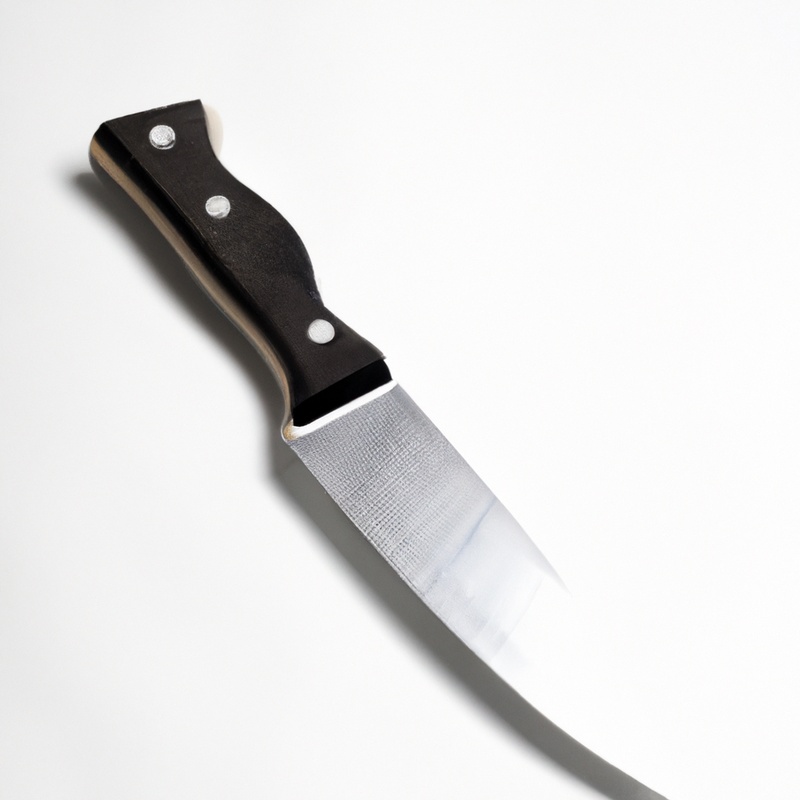
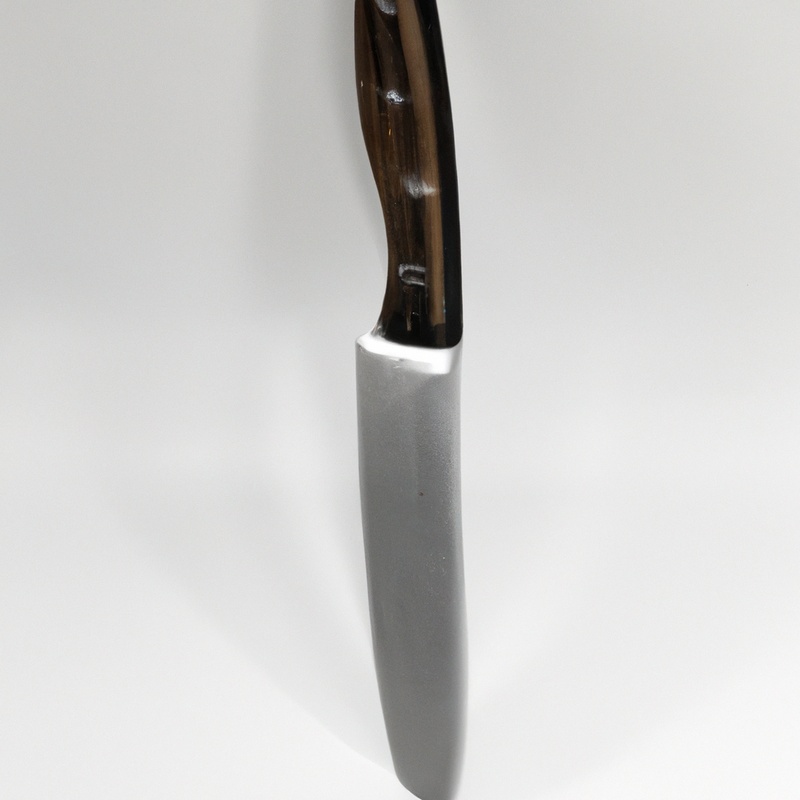
Handling the Shad Safely
When handling shad, it’s important to take necessary precautions to ensure safety. Always make sure to wear gloves and boning pliers or scissors to avoid injuries.
Additionally, keep the shad wet until you are ready to fillet it and always cut away from your body.
To minimize the risk of contamination, avoid touching the shad’s blood and guts. With proper handling techniques, you can safely prepare your shad for filleting.
Removing the Head and Tail
To remove the head and tail of the shad, place the fish on a cutting board with its belly facing up. Hold the head with one hand and use the fillet knife to cut behind the gills and along the top of the head, separating it from the body.
Repeat the process on the tail end of the fish, cutting along the bottom of the tail fin.
Dispose of the head and tail properly. Removing the head and tail creates a cleaner working area and makes it easier to access the meat of the fish.
Cutting Along the Spine
To cut along the spine of the shad, start by inserting the tip of the fillet knife into the flesh just behind the gills. Run the knife along the rib cage towards the tail while keeping a firm grip on the skin.
Ensure that the knife stays in contact with the spine, taking care not to cut through the bones or remove too much meat from the fillet.
Once you reach the tail, lift the fillet away from the bones and repeat the process on the other side. The spine can then be removed by cutting it away from the fillet using the tip of the knife.
Cutting along the spine separates the shad into two fillets, enabling you to proceed to the next step of removing the bones with ease.
Removing the Bones
To remove the bones from the shad fillet, you can either use a pair of pliers or a sharp knife. Take hold of the rib bones near the head of the fish with the pliers or use the knife to carefully separate them from the flesh.
Then, gently pull the bones towards the tail of the fish to remove them completely.
Repeat the same process with the other side of the fillet. If any remaining bones are still stuck to the flesh, use the pliers or the tip of the knife to remove them.
Once the bones are removed, your shad fillet is ready to be cooked or stored for later use.
Removing the Skin
Removing the skin from a filleted shad is essential to get rid of its fishy taste and enjoy its delicate flavor. To remove the skin, place the fillet skin-side down on a clean cutting board.
At the tail end of the fillet, insert the tip of the fillet knife between the skin and flesh.
While holding the skin firmly with your non-dominant hand, use your other hand to glide the knife along the length of the fillet. Make sure to angle the blade down towards the cutting board to prevent cutting too much flesh.
Repeat this process for the remaining fillet.
Once all the skin is removed, trim any remaining pieces of flesh or bones for a cleaner and tastier fillet. With skinless fillets ready to be cooked, savor your delicious shad dish with a sense of accomplishment.
Clean-Up Tips
Clean-up after filleting a shad is an important step to ensure a safe, hygienic, and organized workspace. Here are some clean-up tips to follow:
- Dispose of all the fish remains, including head, tail, and bones, in a garbage bag. Do not leave any remnants behind as they may attract pests.
- Wash your hands, cutting board, and fillet knife thoroughly with soap and warm water to prevent the spread of bacteria.
- Wipe down your workspace with a disinfectant cleaner to remove any fish scales or blood.
- Sharpen and store your fillet knife in a safe place to avoid accidental cuts.
By following these clean-up tips, you can ensure that your workspace is clean and healthy, and your fillet knife is maintained in good condition for future use.
Repeat Until Done: Filleting Multiple Shads
To fillet multiple shads, repeat the same process mentioned in the previous sections for each shad. It’s essential to work on one fish at a time to prevent the meat from spoiling.
Place the fillets in a separate container or on a clean plate and repeat the same process for the next shad.
The more you practice, the quicker you become at filleting shad. Keep in mind to maintain the safety measures and clean workspace throughout the process.
Once you finish the last shad, you can clean up the workspace and enjoy cooking with your freshly filleted fish.
Enjoying Your Freshly Filleted Shad
Now that you have successfully filleted your shad using a fillet knife, it’s time to enjoy your efforts. There are many ways to cook and serve your freshly filleted shad, depending on your taste preferences.
One popular method is to grill the shad with some seasoned butter or olive oil and lemon juice.
You can also bake it in the oven with some herbs like rosemary or thyme for added flavor. Another traditional way of preparing shad is by pan-frying it in a mixture of flour, salt, and pepper.
Once your shad is cooked, it’s time to savor its unique flavor.
Shad has a rich taste and texture that pairs well with a variety of sides like roasted vegetables, rice, or potatoes. If you want to get creative, you can use your shad in salads or tacos for a refreshing twist.
Don’t forget to garnish your dish with some fresh herbs or lemon wedges to add a pop of color and freshness.
Remember, it’s essential to handle your freshly filleted shad carefully before cooking it to ensure food safety. Always wash your hands and surfaces thoroughly with hot, soapy water to prevent cross-contamination.
Cook your shad to an internal temperature of 145°F to kill any harmful bacteria.
Enjoy your dish while it’s still hot and savor the flavor of your hard work!
Final Verdict
Mastering the art of filleting a shad can seem daunting, but with a quality fillet knife and a few simple techniques, you can create smooth and succulent fillets in no time. Remember to always prioritize safety by preparing your workspace and handling the shad with care.
By following the steps outlined in this guide, you’ll be able to confidently remove the head, tail, bones, and skin from your shad fillets.
And with practice, you’ll be able to streamline the process so that you can fillet multiple shads efficiently. Whether you’re a seasoned angler or a beginner, these tips will help you enjoy fresh and delicious shad fillets in no time.
Don’t hesitate to reach out to reputable sources and continue perfecting your filleting skills.
With patience, attention to detail, and practice, you can become a filleting expert in no time. Happy filleting!

